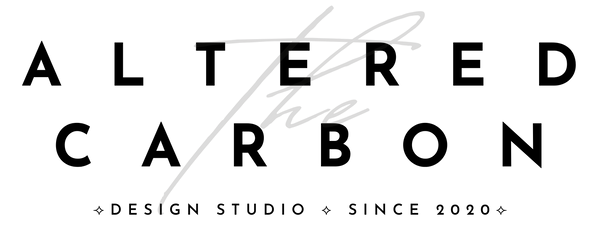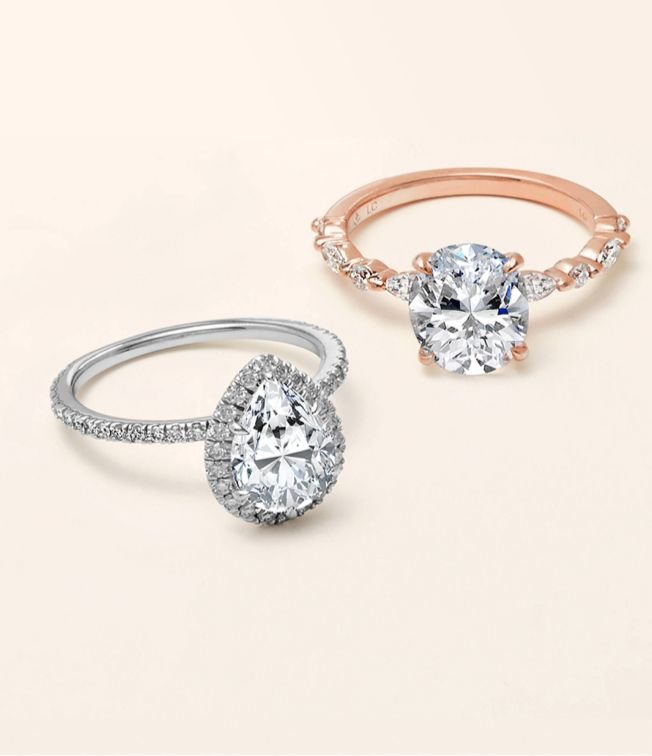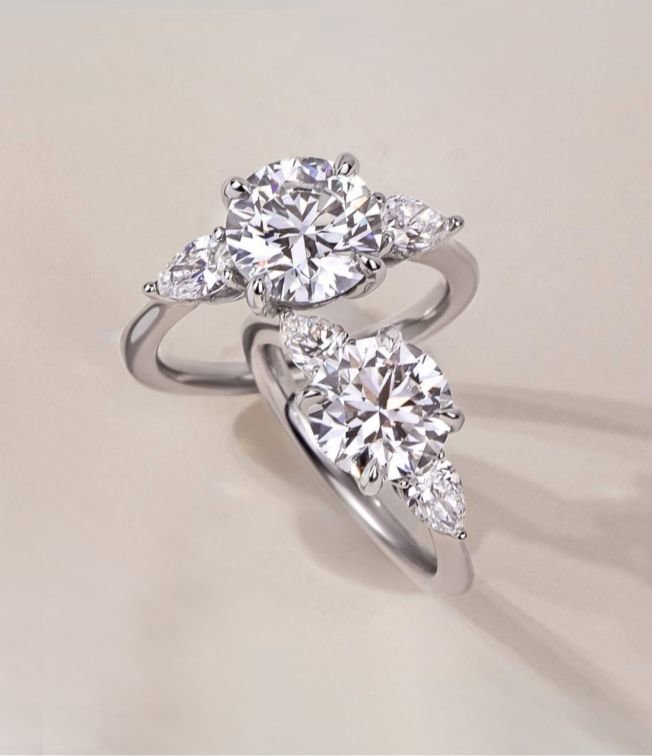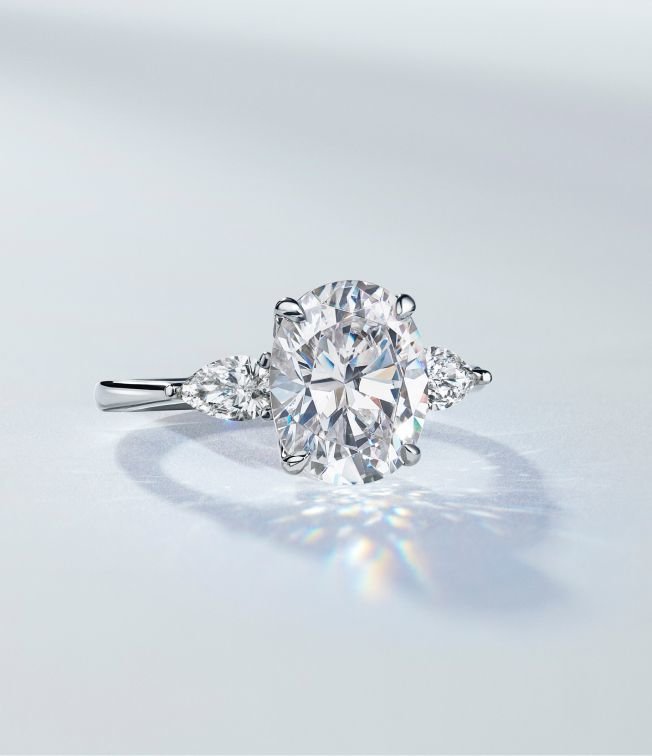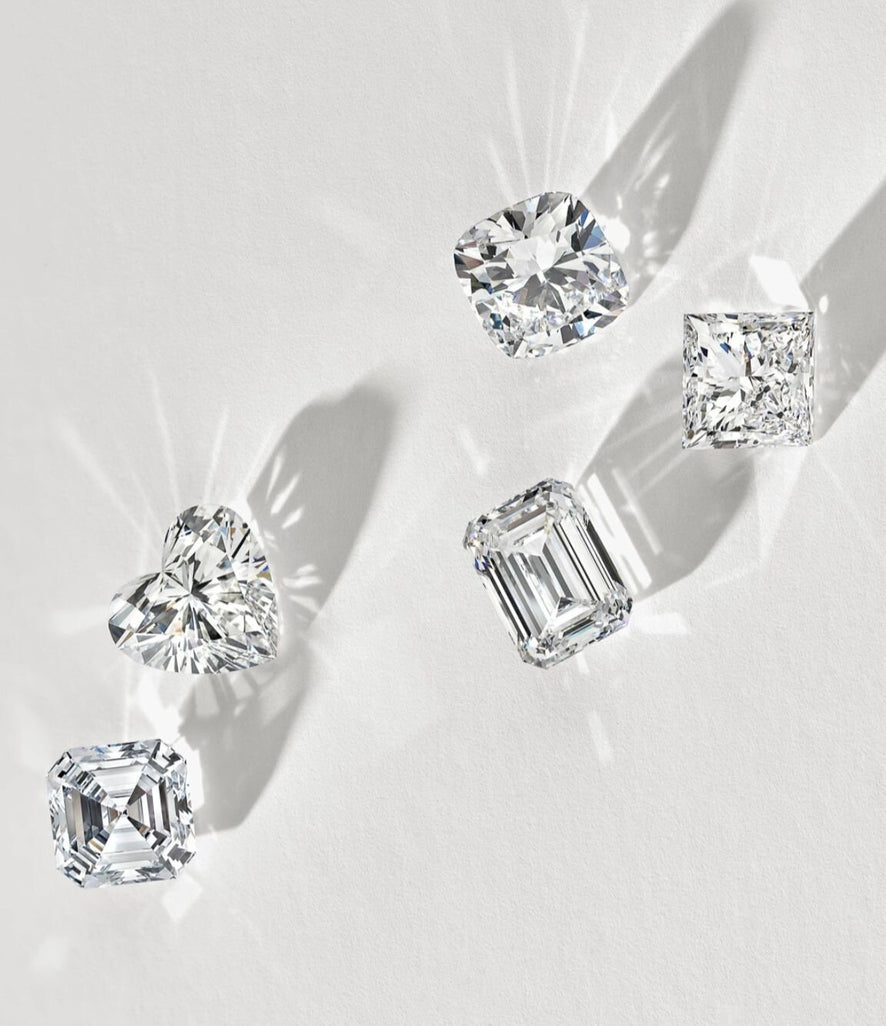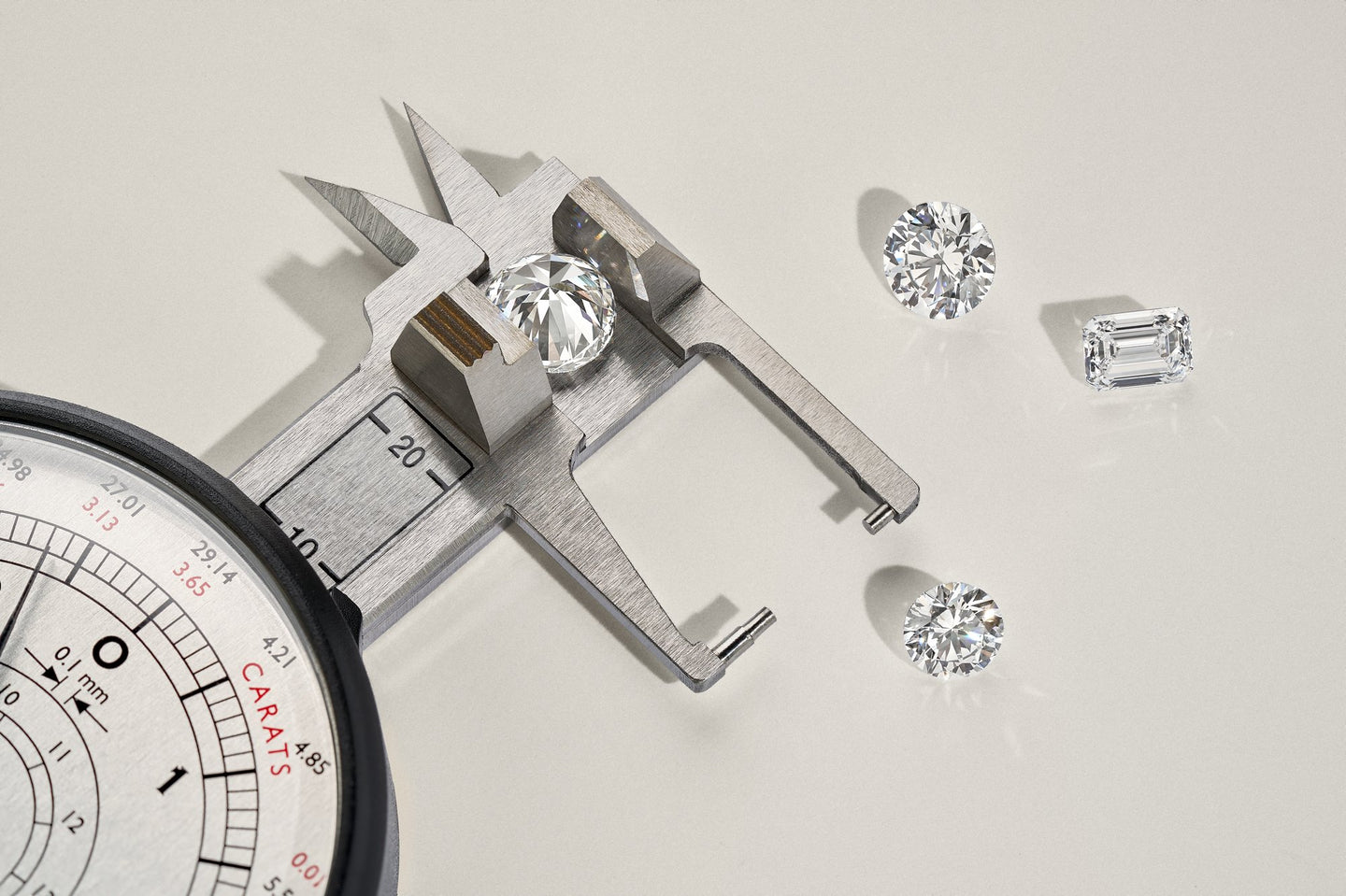
Carat Definition: What is a Carat?
While many confuse carat as a measurement of physical size, it is actually a measurement of weight used to describe diamonds and other gemstones. One carat equals 0.2 grams, about the same weight as a paperclip.
To understand what diamond carat measures, it’s helpful to know the origins of the carat system. It began with carob seeds that early gem traders used as small, uniform counterweights to their balance scales. At that time, gemstone measurement varied internationally; there was no standard. It wasn’t until 1913 that the world adopted the modern metric carat. Now, a carat weighs the same in every corner of the globe.
As one of the four factors that describe and determine a diamond’s quality and value, carat should not be confused with ‘karat,’ a unit used to measure the purity of gold.
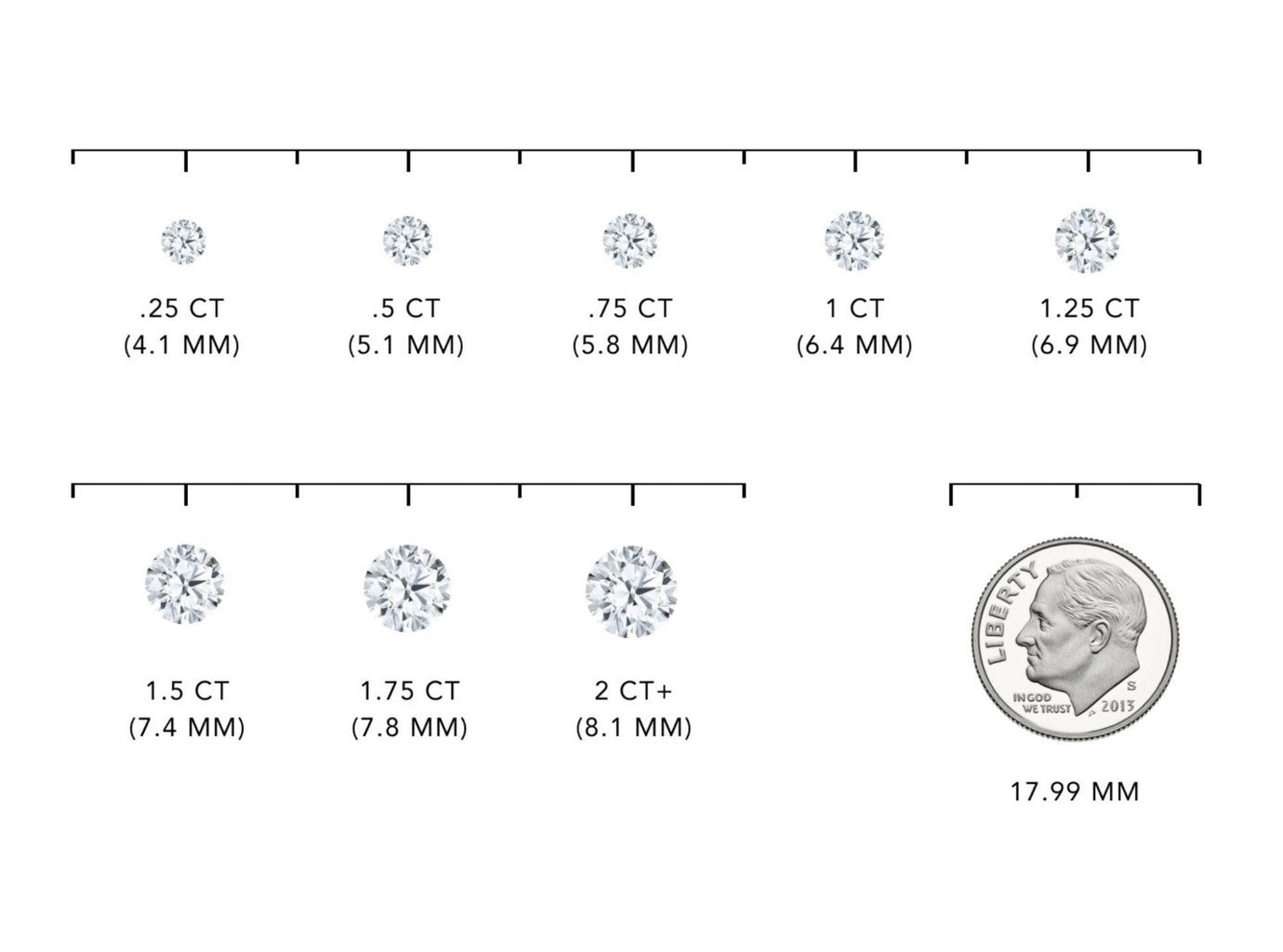
How Big is a Carat?
A carat is synonymous with weight, not with the size of a diamond or other gemstone. For example, because of varying densities, a one-carat round diamond may measure 6.4mm, while a one-carat round sapphire might measure 6.0mm. Shape, cut, and depth also play a role in determining how big a carat appears.
This diagram illustrates the typical size relationship of round diamonds in increasing carat weights. Remember, every gemstone is unique, and the appearance of carat weight varies.
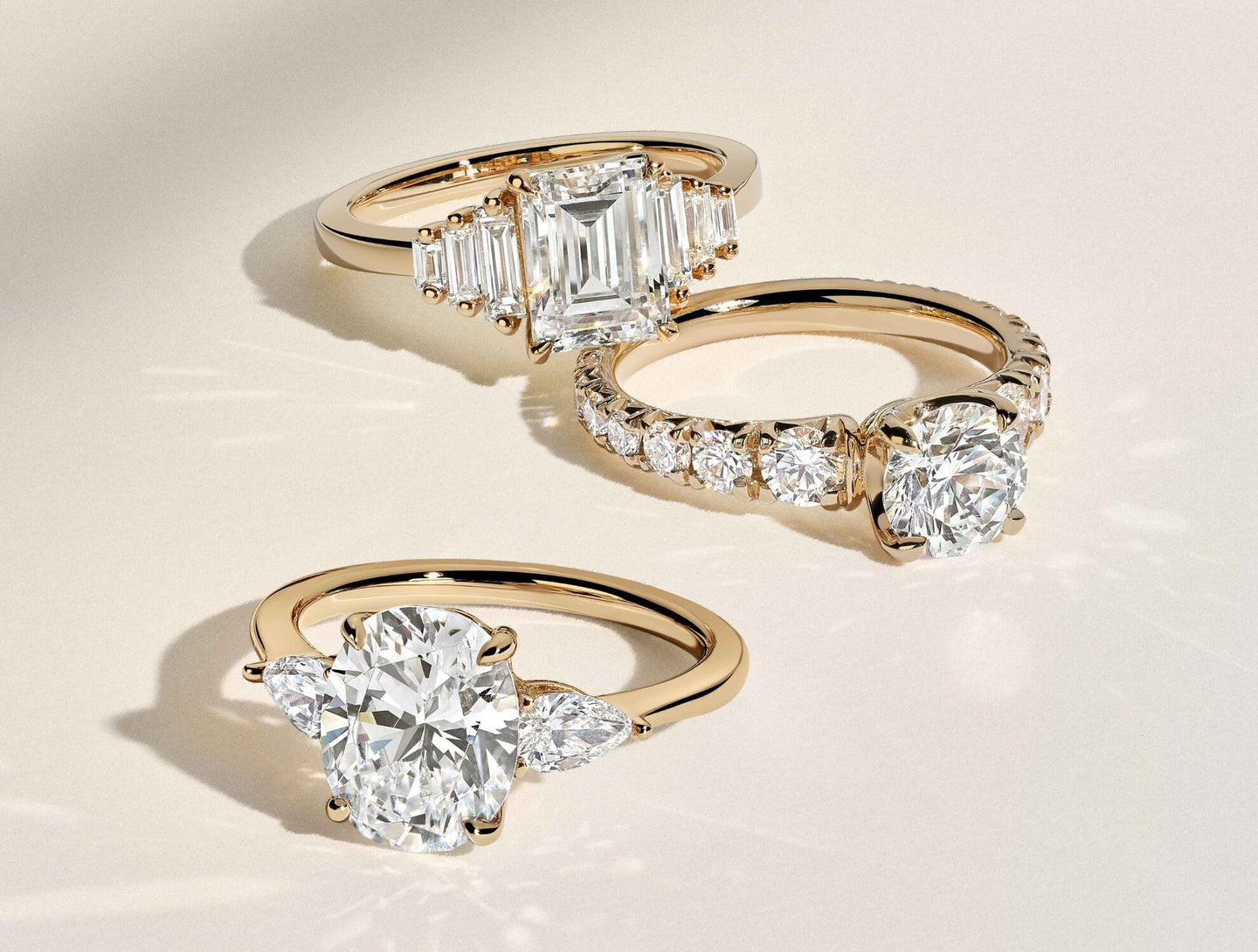
Are Diamond Carat and Diamond Size the Same Thing?
No, diamond carat and diamond size are not the same thing. Carat is a metric unit that measures weight — not size. Equating the two may seem logical — but it isn’t. It’s best not to use carat weight alone to estimate a diamond’s size.
For example, different gemstones have different densities (mass per unit of volume), meaning that two gems with the same carat weight may exhibit very different sizes. The cut of a gemstone can also affect its carat weight. If a round diamond is poorly cut, it may be too deep or have an extra thick girdle. If excess weight is hidden around the girdle, it won’t display once set, which means that a 1.20-carat diamond with a ‘hidden’ weight may look the same size as a 1-carat diamond. So, a customer might pay for the added weight with no visual benefit.
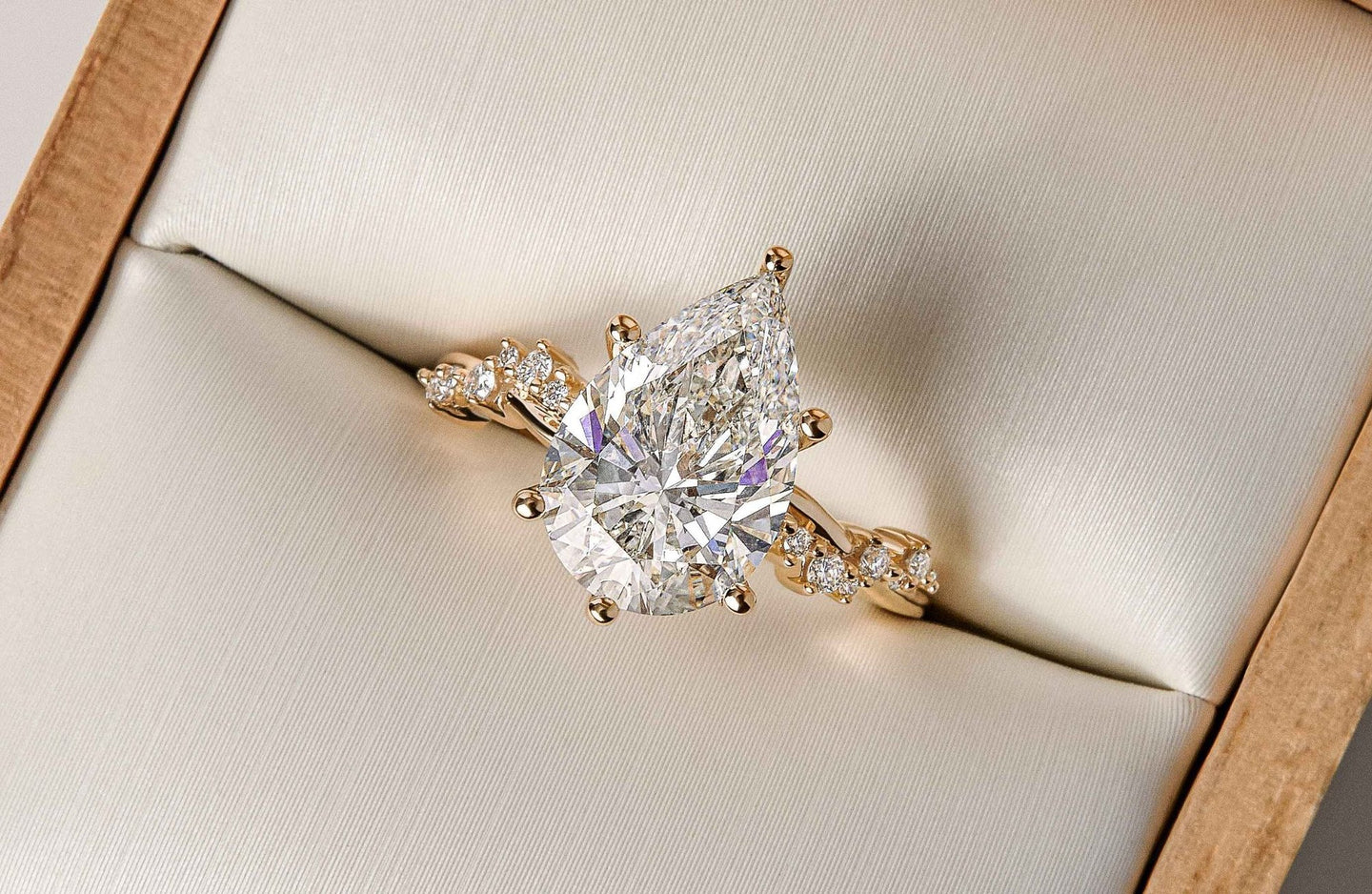
What Does CTTW Mean?
CTTW, TCW, and TW are all abbreviations for ‘Carat Total Weight.’ CTTW references the combined weight of all diamonds within a piece (or pair) of jewelry where more than one diamond is used. Diamond stud earrings, for example, are typically quoted in CTTW, which indicates the combined weight of both earrings within the pair.
Diamond Size Chart
This chart estimates the average size of differing diamond shapes in various carat weights. Each image shows what it looks like when viewing the diamond from the top down. As you’ll notice, two diamonds may appear to be different sizes with the same carat weight — this is because shape (in addition to density and depth) plays a big role in how carat weight is visually represented.
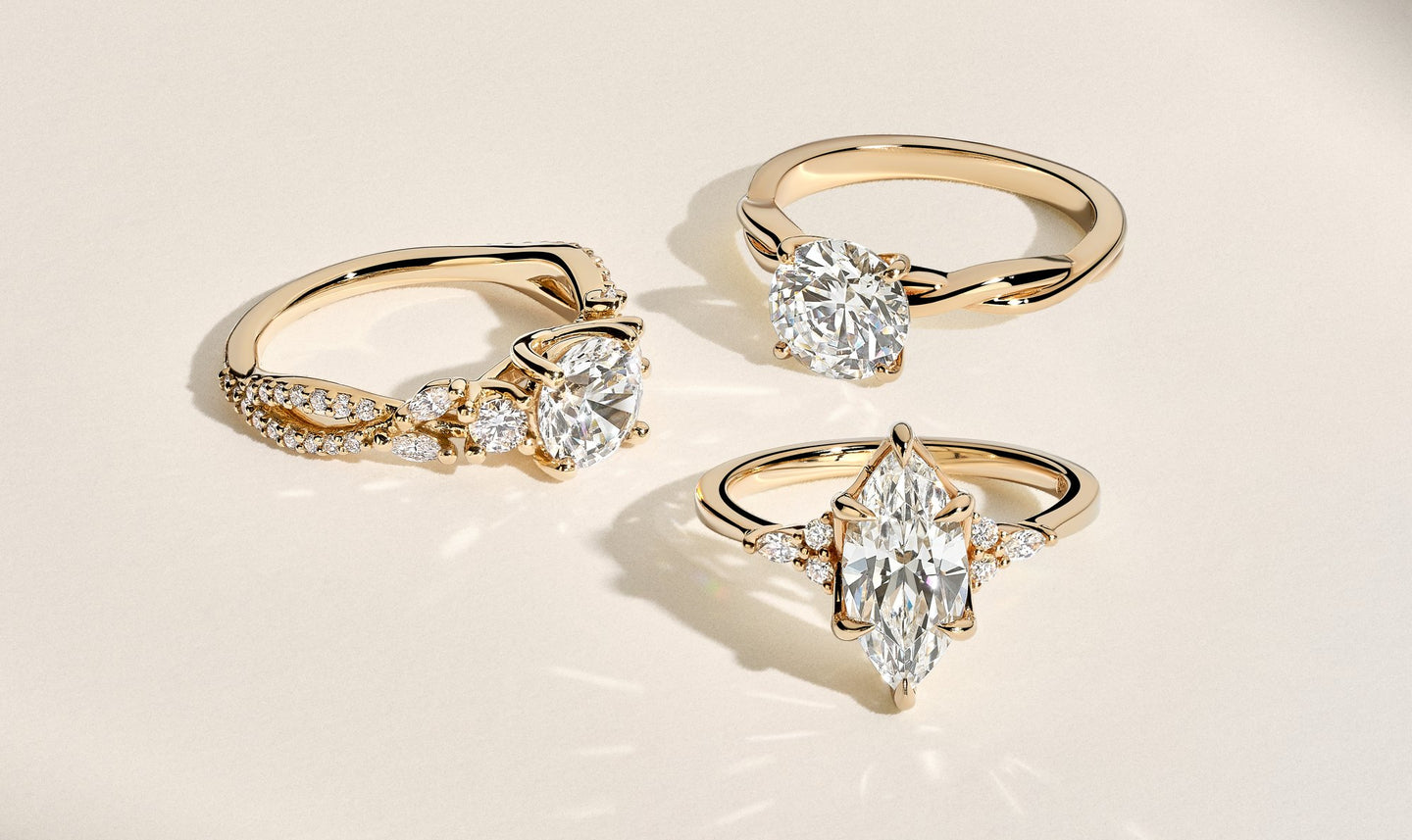
How Important is Diamond Carat?
Diamond carat can be very important for customers. As one of the 4 C’s (cut, color, clarity, and carat) used to describe and determine a diamond’s quality and value, carat weight often has a significant impact on price.
For example, if the cut, color, and clarity remain the same, a diamond’s price will doubtlessly increase with carat weight — as larger diamonds are much rarer. That said, if the cut, color, and clarity vary, two diamonds with the same carat weight can have very different prices.
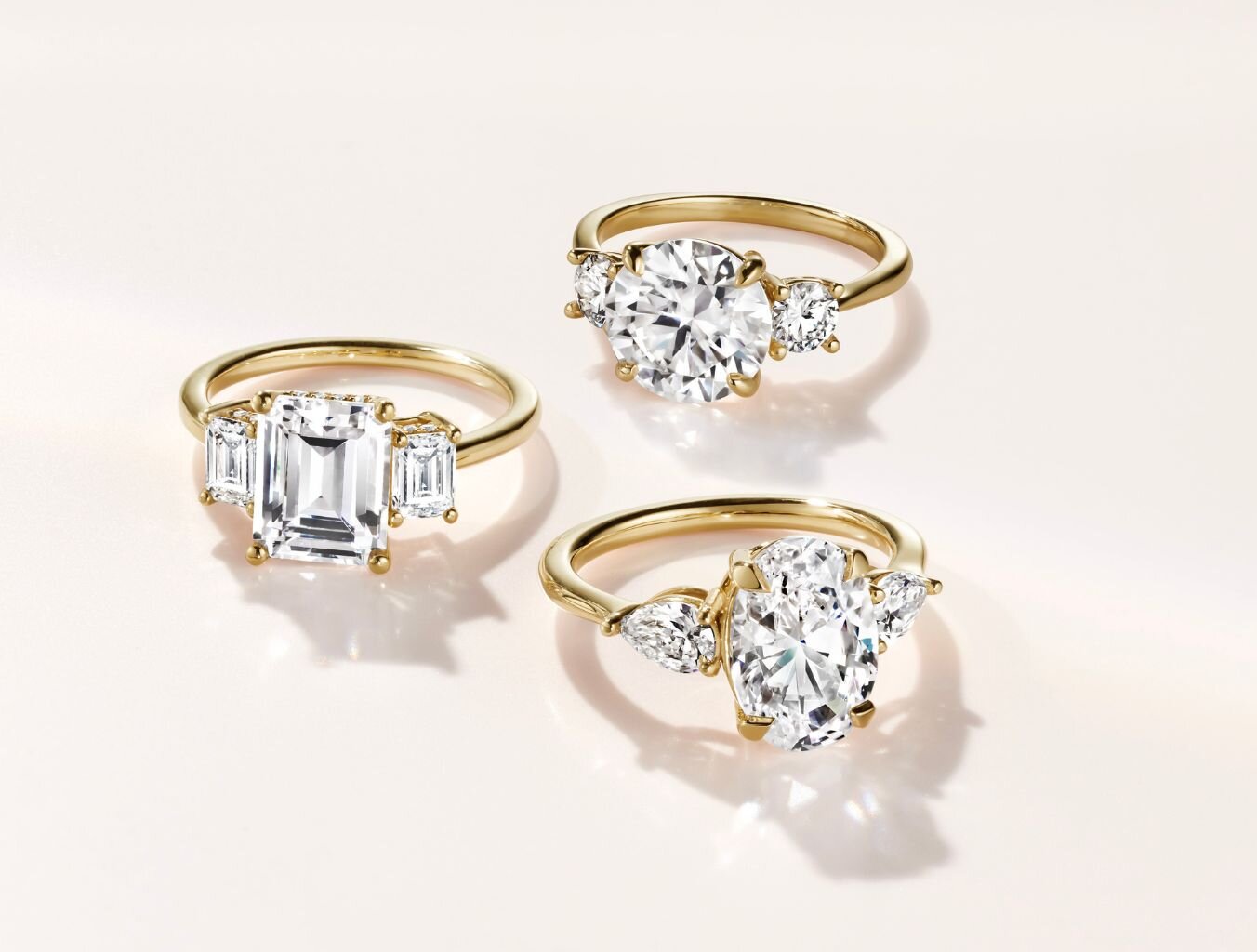
How Diamond Carat Impacts Price
As mentioned, carat weight has a significant impact on price. Larger diamonds are much more valuable because they are discovered in nature less frequently than small diamonds. This means that diamonds are not priced linearly — a one-carat diamond will cost more than two half-carat diamonds of the same quality.
Carat’s impact on price is clearly displayed when considering what the diamond industry refers to as ‘magic sizes.’ At certain weight boundaries (a ½ carat, ¾ carat, and 1 carat), or ‘magic sizes,’ the price per carat increases dramatically. These set boundaries coincide with popular weights, which means greater demand and even greater prices. For example, if one diamond weighs 0.97 carats and another of the same cut, color, and clarity weighs 1.03 carats, you probably wouldn’t be able to tell the difference between the two. However, the cost difference will be significant because the second diamond is over the ‘magic’ threshold of one carat.
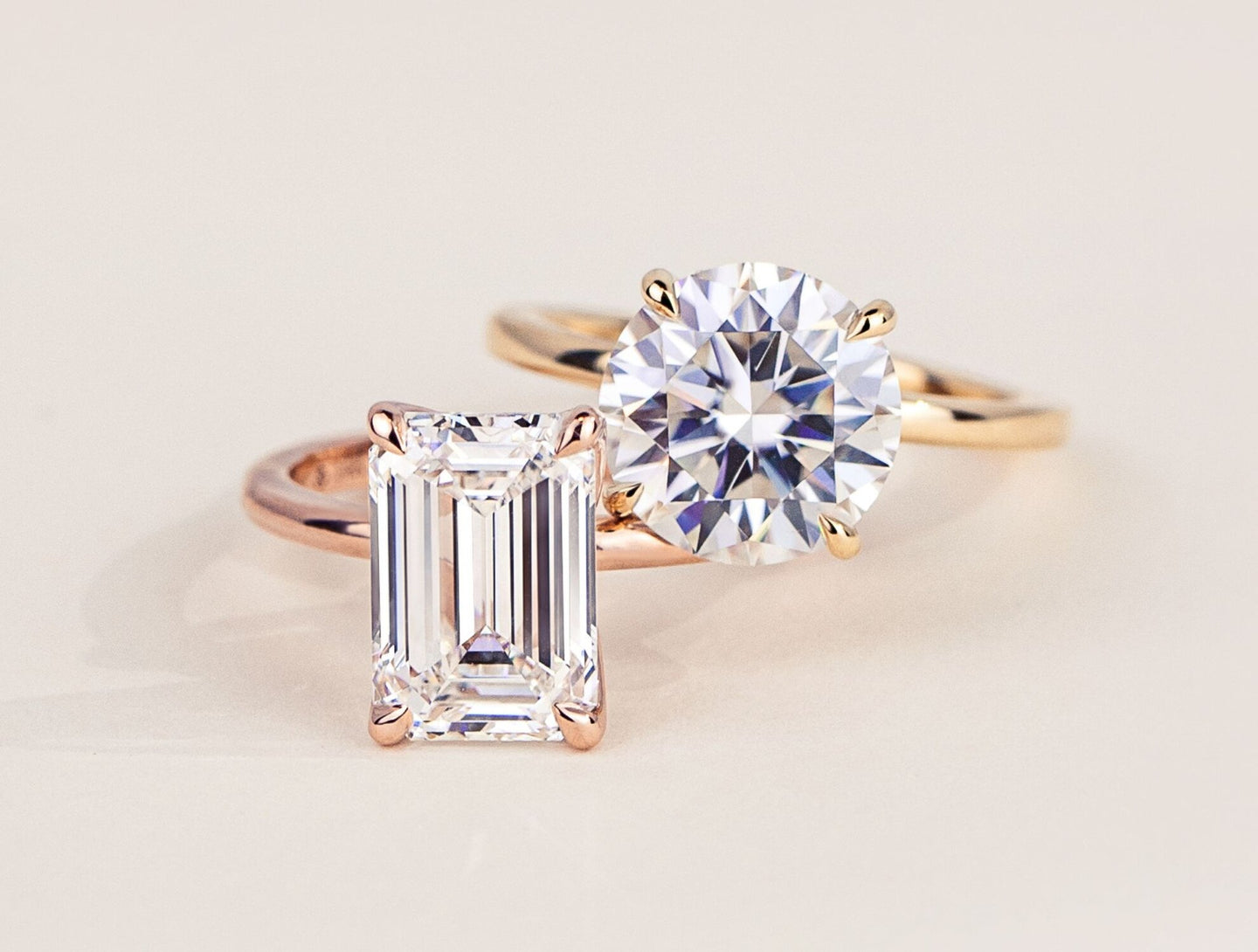
Is Carat the Only Factor That Affects the Size Appearance of a Diamond?
No, carat weight is not the only factor that affects the size appearance of a diamond. A diamond’s shape, depth, and symmetry also affect how big (or small) a diamond looks.
Elongated shapes (such as oval and emerald) appear larger than 1:1 diamonds (such as round) because elongated shapes can carry most of their weight in their length as well as their depth.
Two diamonds of the same shape with different depths will also have different size appearances. For example, a one-carat pear with a shallow depth will look much larger than a one-carat pear with a deep depth.
Both depth and shape are factors listed on a diamond’s official certification report. Reference them to maximize size without the added cost of extra carat weight.
